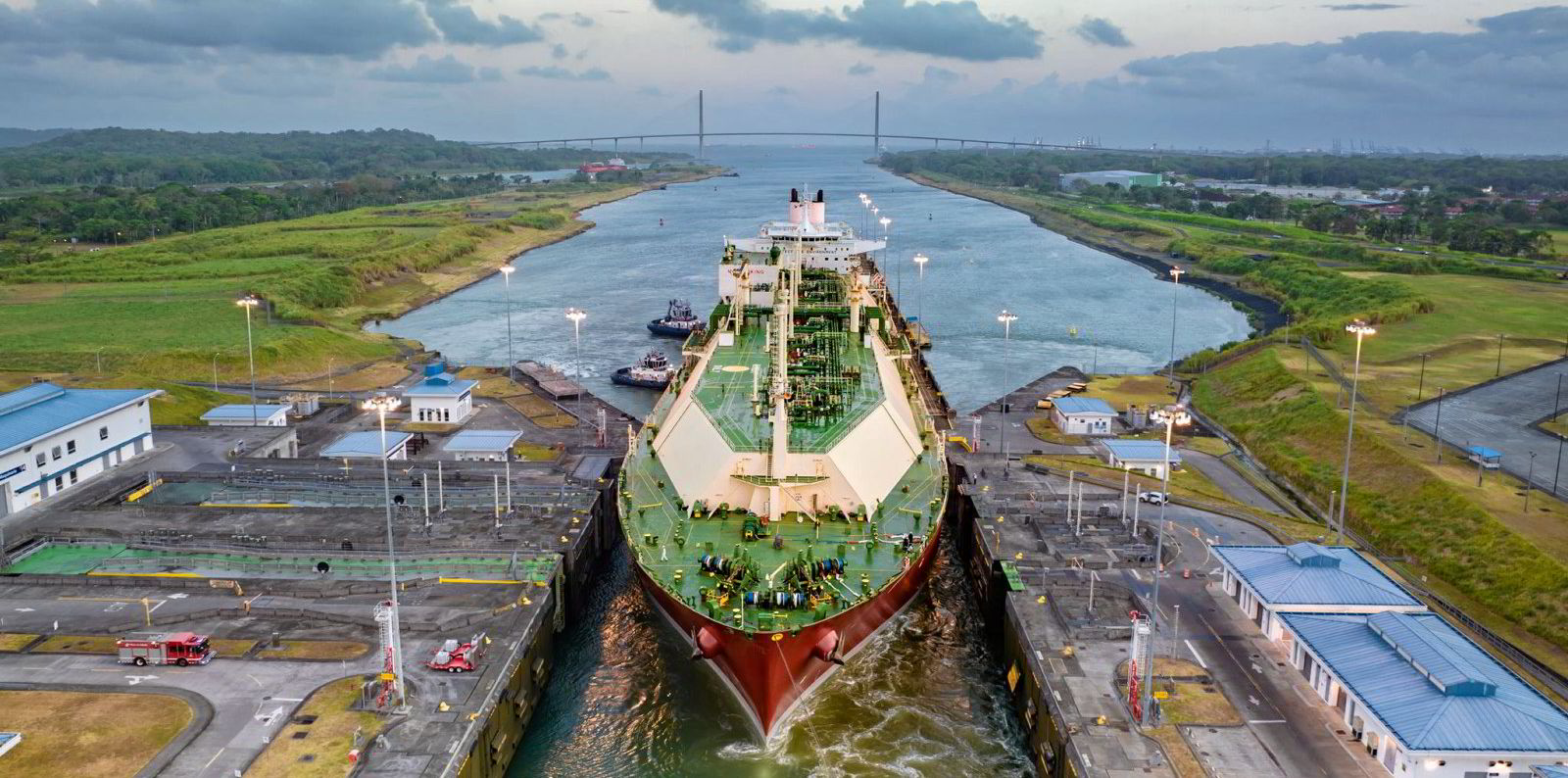The Panama Canal Authority (AMP) has pledged to maintain workable water levels during the months ahead at a time when drought has reduced the waterway’s capacity to handle vessel transits.
On Tuesday, the AMP told customers that it will maintain a draught of 13.41 metres — or 44 feet — for the next several months, “as long as weather conditions do not vary significantly from current projections”.
This will allow 32 vessels to transit the waterway each day, on average.
An unusually long dry season this year has meant the canal has suffered high levels of evaporation over the past six months.
The AMP added that there is a “high probability” of El Nino weather conditions before the end of 2023.
“The canal has been implementing procedures to improve water efficiency in our operations, while conducting studies to identify long-term solutions to climate variability,” the organisation told customers. “However, the current severity coupled with its recurrence is historically unprecedented.”
Vessels wider than 27.72 metres are currently waiting for 13 or 14 days on average to transit the canal from the Atlantic to the Pacific, according to information from Leth Agencies. A month ago, the wait was around seven days.
In the other direction, vessels are waiting for between eight to 12 days. For smaller vessels, the wait is up to five days.
In July last year, the average waiting time for vessels on both northbound and southbound transits was roughly three days.
As of Tuesday, the backlog of ships waiting to transit the canal was 125 vessels, comprising 93 waiting for the panamax locks and 32 intending to use the wider neo-panamax locks.
The water level in Lake Gatun — the fresh-water lake above sea level that plays a crucial role in maintaining the canal’s operational draught — is currently 79.3 feet, way below the five-year average of 84.85 feet. The AMP expects the water level to bottom out in early August at 79.1 feet.
Rainfall in Panama during the first six months of this year was almost 50% lower than during the same period of 2022. This has prompted the AMP to restrict normal transit frequency by 85%.
Since mid-June, the maximum authorised draught allowed for vessels transiting the canal’s neo-panamax locks has been 13.41 metres (44 feet) in tropical fresh water. Usually, the maximum draught is up to 15.25 metres (50 feet).




